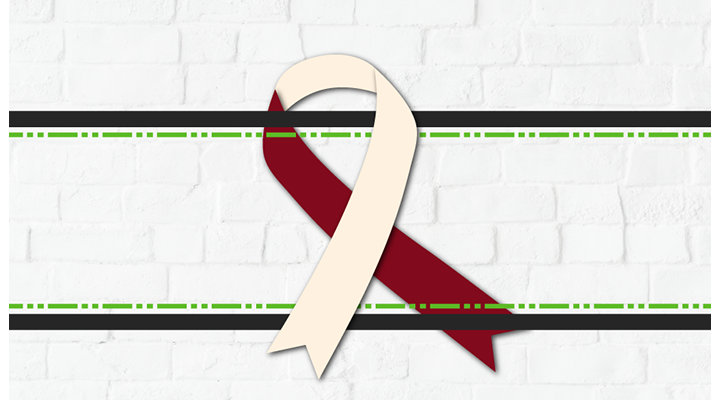
The National Cancer Institute estimates there are more than 100 types of cancer. Among them is oral cancer. Statistics show that on average, one person dies from oral cancer every hour of the day, 365 days a year. More than 50,000 new cases of oral and oropharyngeal cancers will be diagnosed in the United States this year. Oral Cancer Awareness Month helps kickstart the conversation with our health care and dental practitioners regarding the signs and risks of oral cancer.
There Are Two Distinct Pathways to Cancer in The Mouth
Most lesions (about 75%) are related to using tobacco or alcohol. Some are located at the back of the mouth in the oropharynx. If you drink a lot of alcohol and also use tobacco products, your risk of developing oral cancer are much higher. Dehydration, cirrhosis of the liver and nutritional deficiencies all are associated with drinking. These can also contribute to the development of oral cancer.
Other lesions are related to exposure from human papillomavirus (HPV). HPV is a group of more than 100 related viruses. Some are linked to the development of cancer, such as oral and oropharyngeal cancers. Currently, 20 to 30% of all oral cancer is associated with an HPV infection. This virus is mostly spread through skin-to-skin contact and oral-genital contact. For more information on HPV and oral health, click here.
The signs and symptoms of oral cancer often can be seen or felt, and any red or white patch, ulcer or lump can be a potential sign. If oral cancer is detected early, when the lesions are small, treatment is most effective.
Join the fight to raise awareness of oral cancer. Click here to learn more about Oral Cancer Awareness Month.
